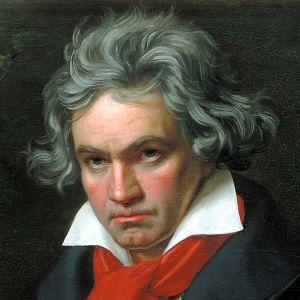You are here
Beethoven 7
Like the Fifth and Sixth symphonies, Beethoven’s Seventh and Eighth are a set of “untwins,” contrasting works created basically side-by-side. Beethoven completed Seventh Symphony in 1812 and premiered it and his Wellington’s Victory, or The Battle of Vitoria, in December 1813 at a fund-raiser for soldiers wounded at the battle of Hanau. In between, the program featured marches by other composers where the orchestra was accompanied by a mechanical trumpet-playing machine, created by Johann Malzel, who also invented the metronome.
The symphony itself was immediately popular and was repeated several times in the weeks following its premiere. The second movement especially appealed to audiences, and it was not unusual for it to be performed as a separate work during the 19th century.
The occasion and Beethoven’s celebrity status garnered an orchestra that was almost an all-star band. Beethoven’s favored quartet leader, Ignaz Schuppanzigh, was the concertmaster, and next to him sat the violinist/composer Louis Spohr. Domenico Dragonetti led the basses, and composers and pianists Giacomo Meyerbeer, Johann Nepomuk Hummel, and Ignaz Moscheles all played percussion in Wellington’s Victory. Beethoven conducted all the music that day but was upset that the Seventh Symphony was referred to as a “companion piece” to Wellington’s Victory.

Beethoven